Welcome to the Stevensville Montana Picture Tour
Before we roll into Stevensville, Montana let’s take a look at the Bitterroot mountains. There’s no hurry, we’re in Montana. In the Fort Owen Post #94 panorama you can really see the Kootenai Creek drainage (Behind the flag poles) and the Bass Creek drainage (To the left of the brick building) from here. Bass Creek is one of the three Bitterroot Trails you have to hike to really understand the area.
Downtown Views
After you walked the length of Main Street, it’s time to jump in your our wagon and roll out to the Fort Owen State Park, St. Mary’s Mission (picture below) and the “Lee Metcalf National Wildlife Refuge” just north of Stevensville.
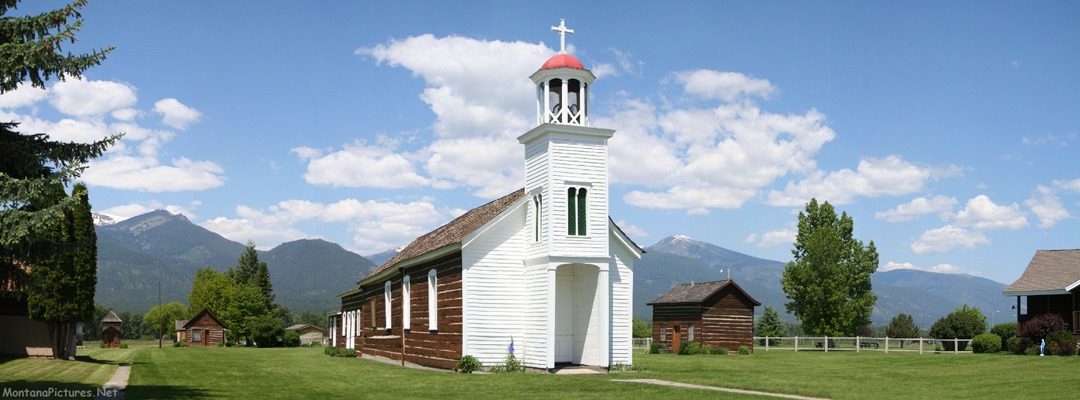
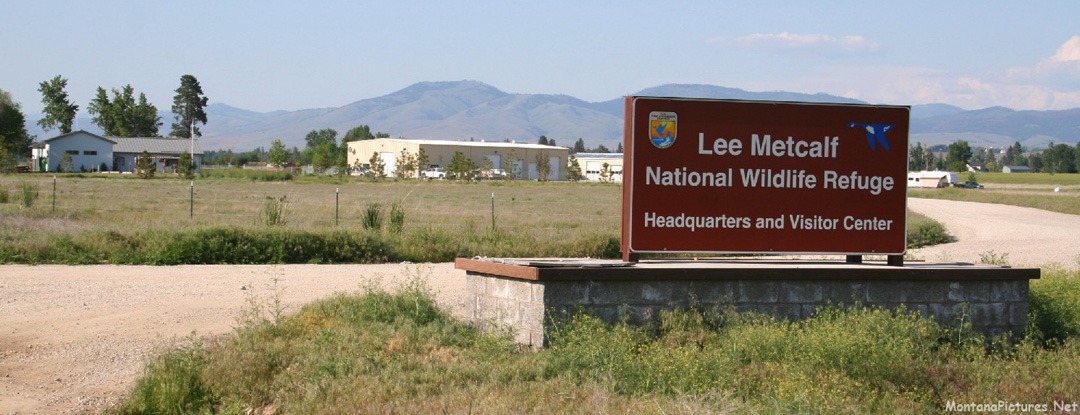
Lee Metcalf National Wildlife Refuge
The Lee Metcalf NWR is a 2,800 acre oasis between the Sapphire Mountains to the east and the Bitterroot Mountains to the west. During a June visit we guarantee you will hear the Sand Hill Cranes sing as you pass the Whaley Homestead near the refuge entrance. With a little bit of luck, you might see the bison calves standing along with their mothers in the nearby fields. Try to make a visit during the sunset when the refuge and the Bitterroot Valley looks it’s very best. During our travels, we have never been able to duplicate the enormous full yellow moon we witnessed breaking over the top of the Sapphire Mountains as we were finishing a hike in the Bitterroot Mountains.
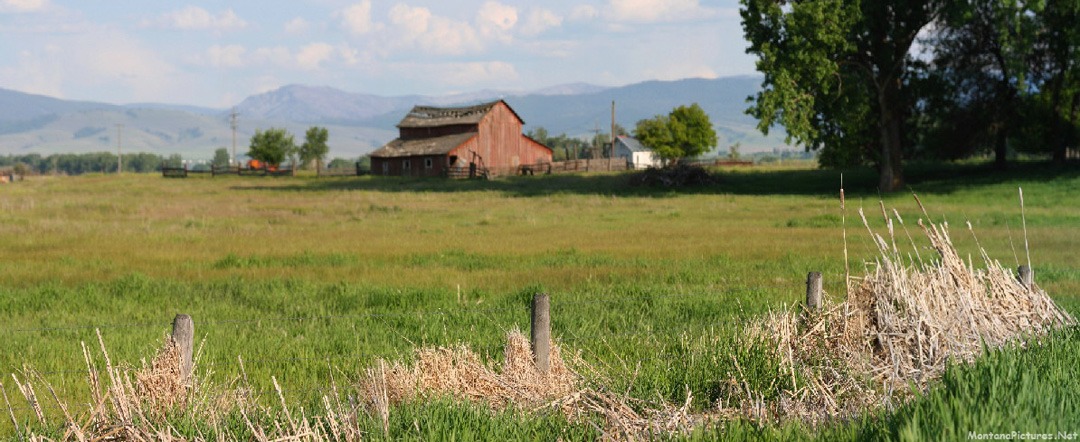
First Permanent White Settlement in Montana
In the spring of 1841, Father Pierre-Jean De Smet and five other members of the clergy entered the Bitterroot Valley of western Montana. By fall they erected a small Catholic chapel, St. Mary’s Mission, at the site of Fort Owen State Park, which DeSmet used as the base for his missionary work among the Bitterroot Salish tribe of Native Americans. It was the first permanent white settlement in Montana. By 1850, hostility to the Catholic missionaries led to the closure of the original St. Mary’s mission. The church was abandoned and another church, also called St. Mary’s Mission, was constructed in 1866 about 0.5 miles (see map) to the south.
Fort Owen State Park
John Owen, a civilian from southeastern Idaho, moved to the Bitterroot Valley and purchased the site of St. Mary’s Mission for $250. Owen renamed the site Fort Owen after himself. In 1860, Owen significantly upgraded the fort by replacing its wood stockade with adobe brick walls. The Barracks at Fort Owen pictured in the slide show above is the only original structure still standing.

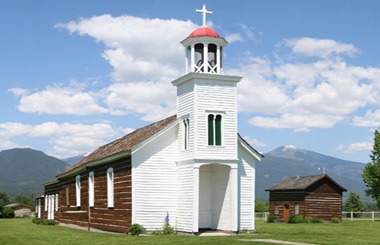
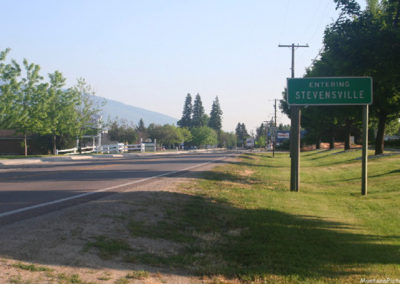
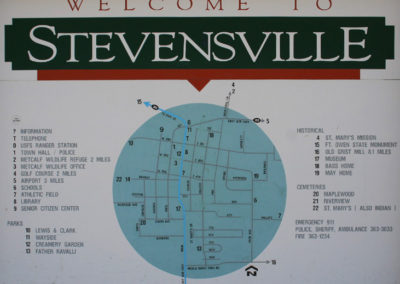
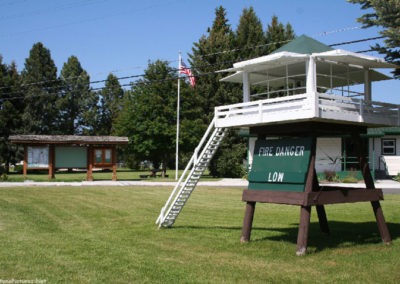
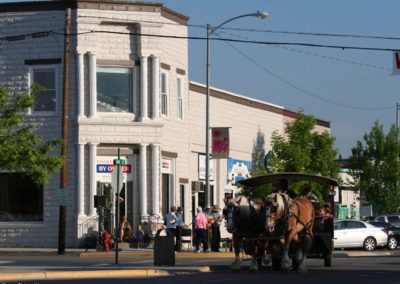
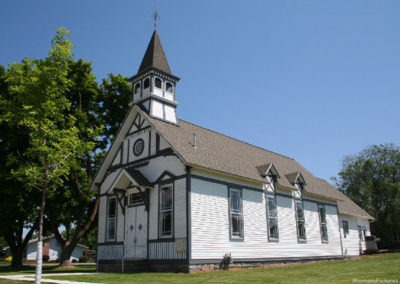
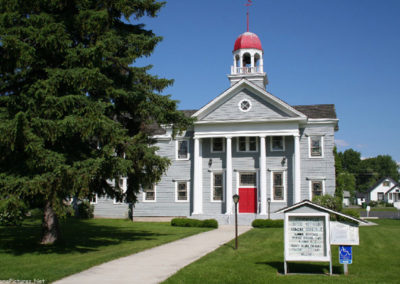
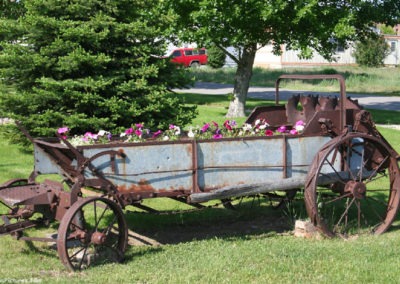
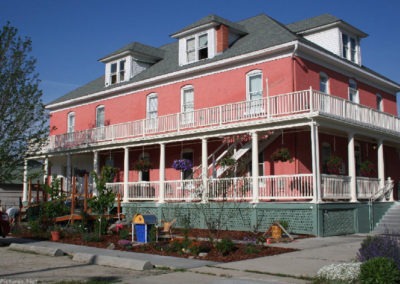
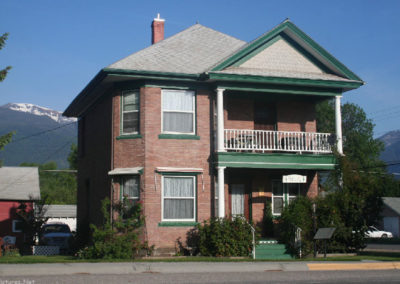
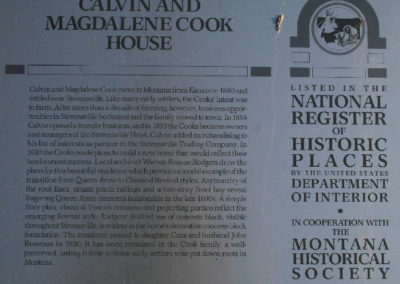
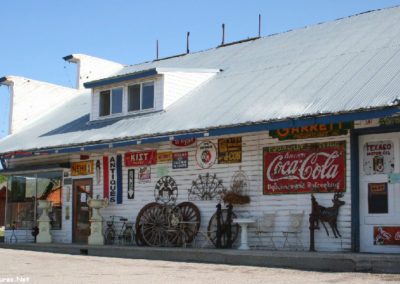
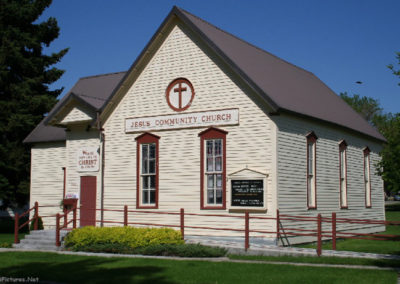
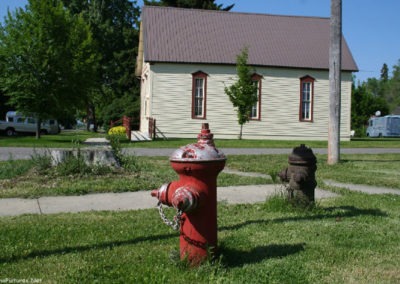
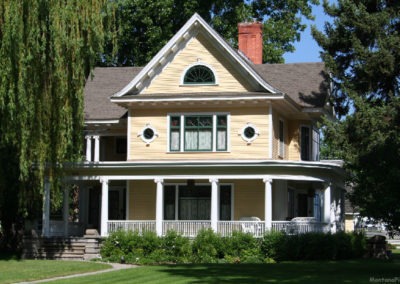
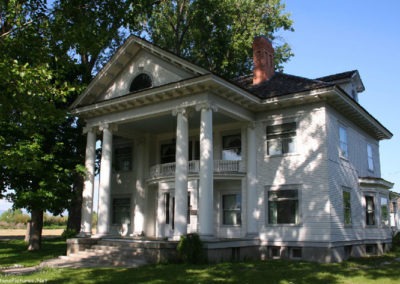
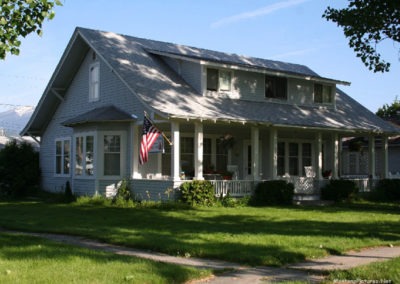
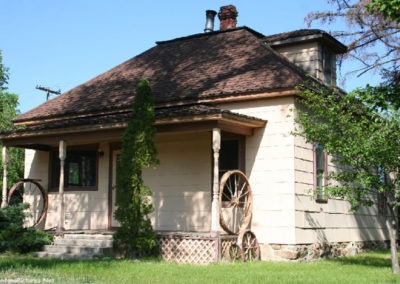
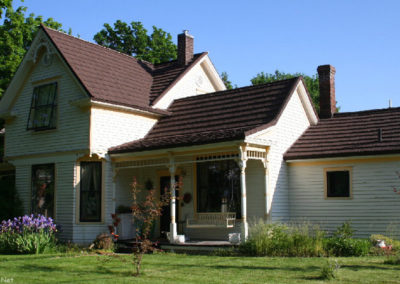
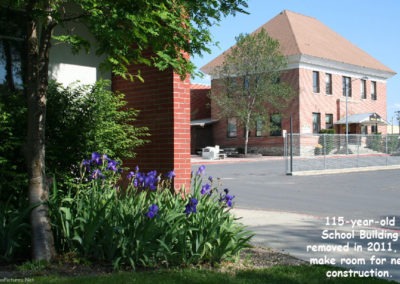
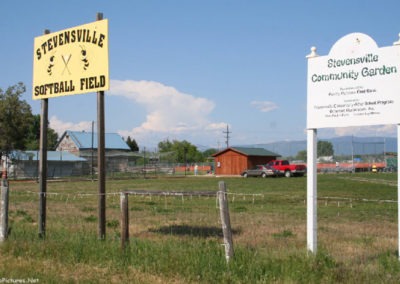
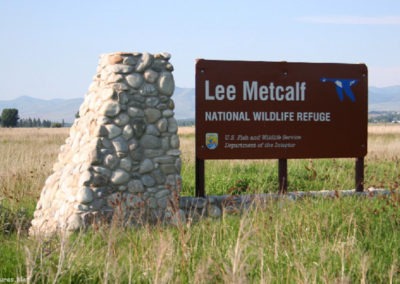
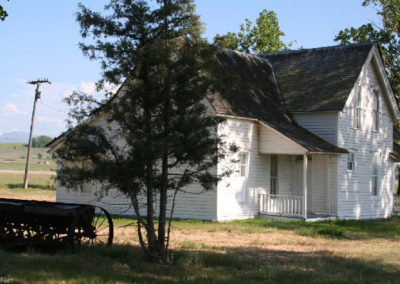
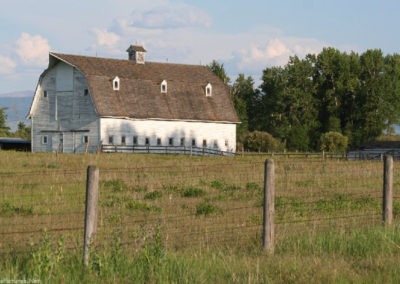
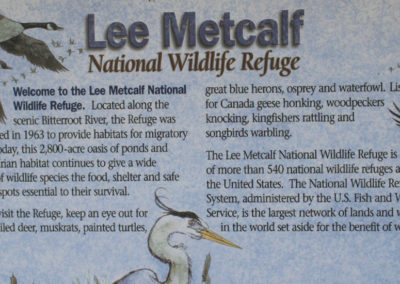
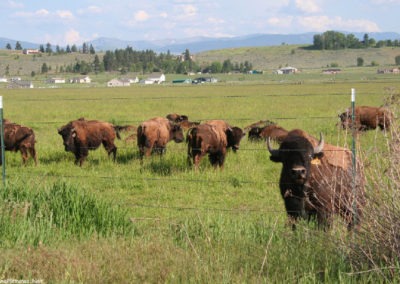
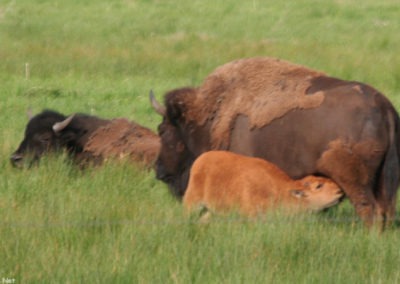
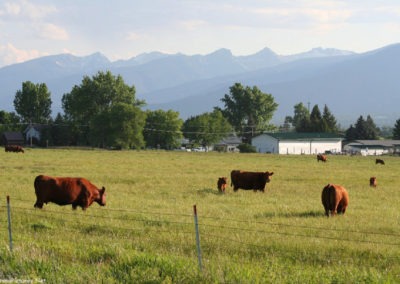
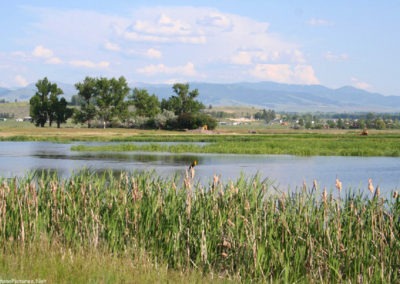

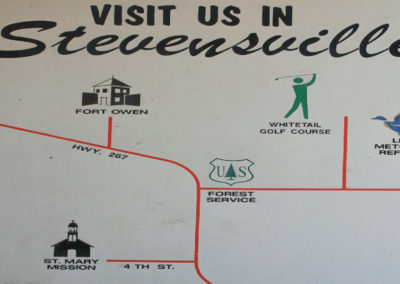
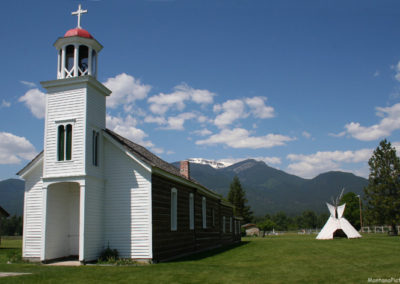
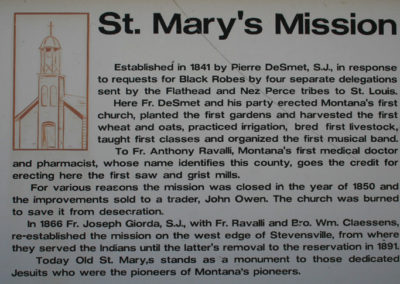
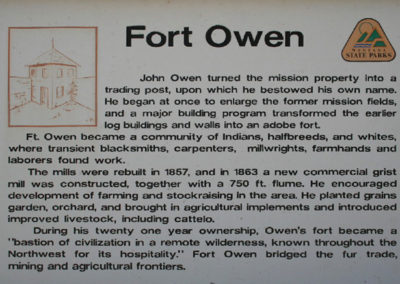
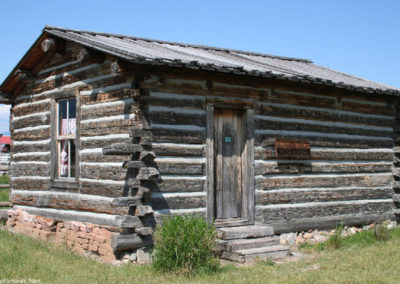
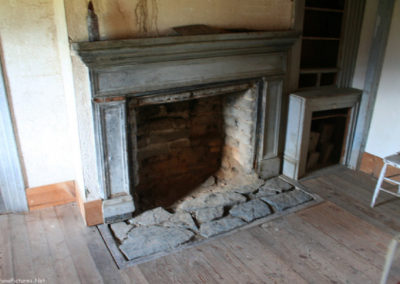
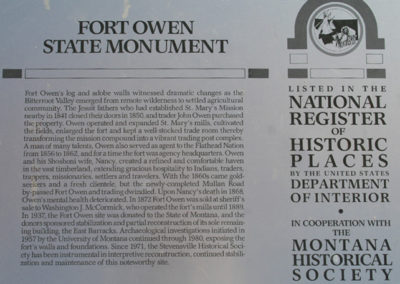
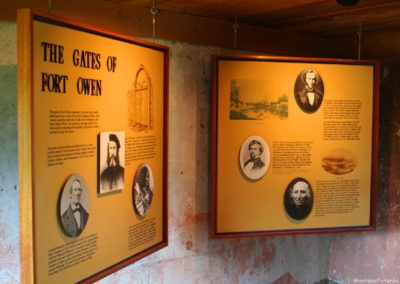
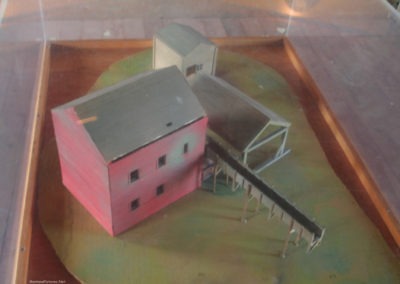
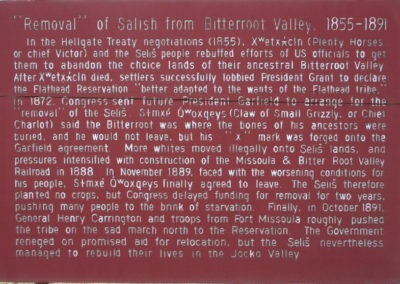
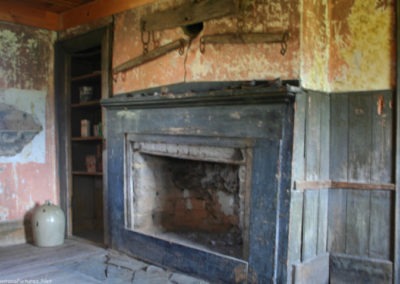
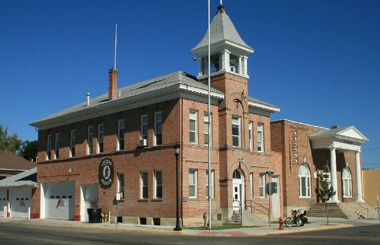
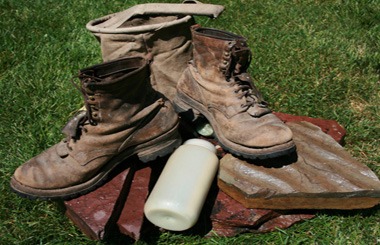
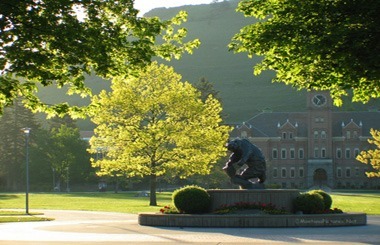
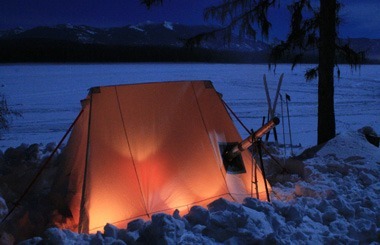
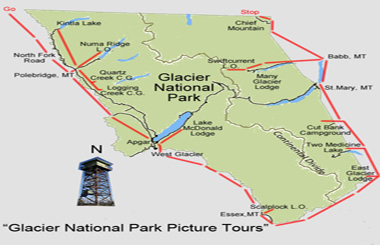
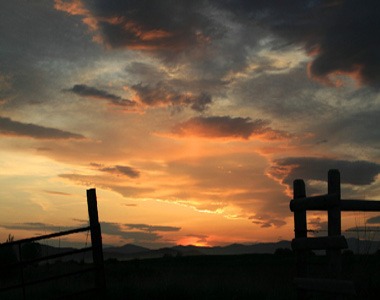
Recent Comments